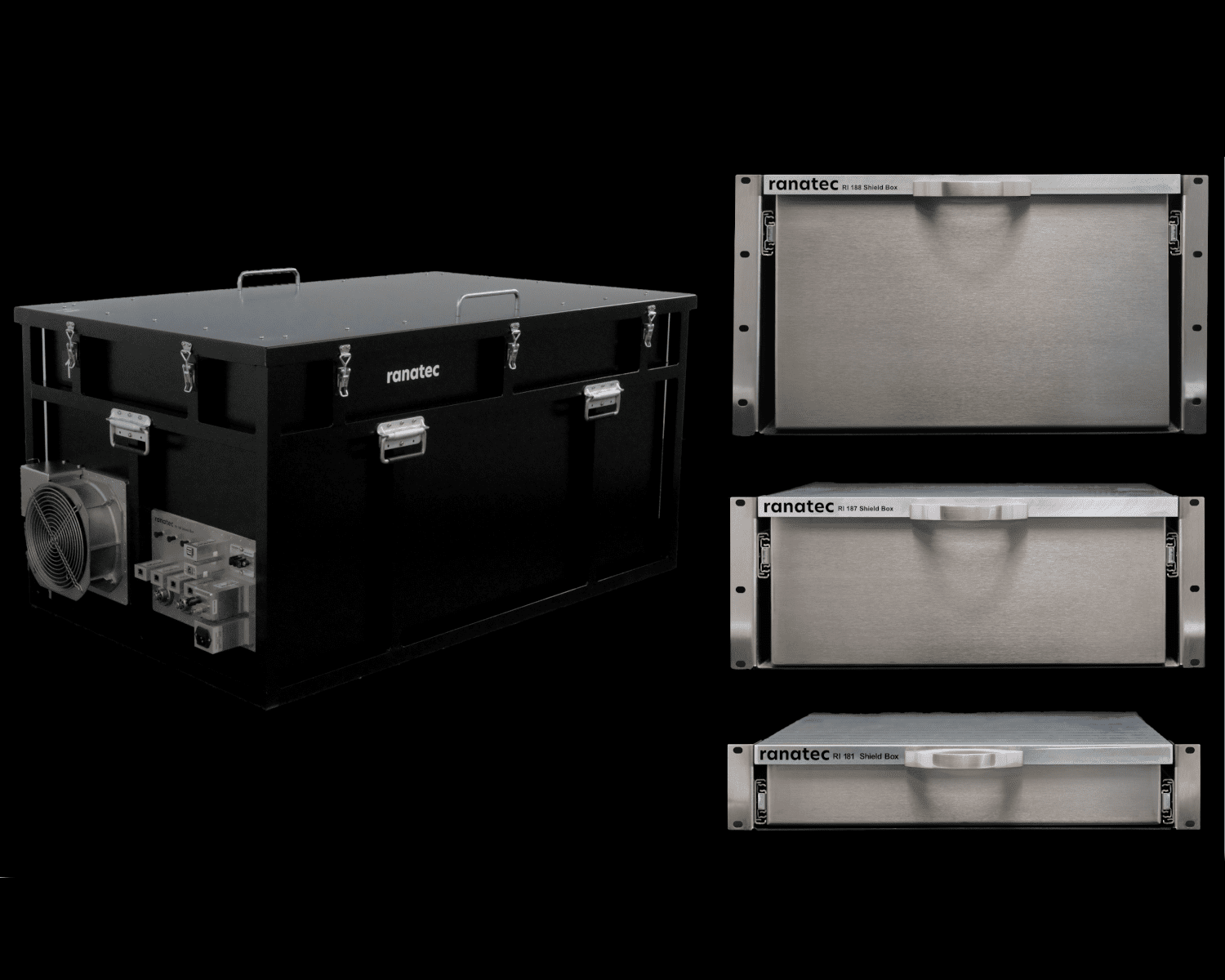Shielded Boxes for EMC/EMI Compliance Testing
Shielded Boxes for EMC/EMI Compliance Testing
Blog Article

Electromagnetic shielding compatibility (EMC) and electromagnetic interference (EMI) are critical concerns in the design and development of electronic devices. Regulatory bodies worldwide, such as the FCC in the United States and the European Union's EMC Directive, mandate that electronic devices meet specific emission and immunity standards. Shielded boxes, also known as RF enclosures or Faraday cages, are indispensable tools for performing the necessary EMC/EMI compliance testing to demonstrate adherence to these standards.
Why are Shielded Boxes Necessary for EMC/EMI Testing?
EMC/EMI testing aims to measure the electromagnetic emissions from a device and its susceptibility to external electromagnetic fields. These tests require a controlled electromagnetic environment to ensure accurate and repeatable results. Shielded boxes provide this controlled environment by:
Isolating the Device Under Test (DUT): Shielded boxes block external RF noise and interference, preventing them from affecting the measurements. This is crucial for accurately measuring the emissions from the DUT without contamination from ambient RF signals.
Containing Emissions: Shielded boxes prevent the DUT's own emissions from escaping and interfering with other equipment or exceeding regulatory limits. This is essential for measuring radiated emissions and ensuring compliance with emission standards.
Creating a Controlled Test Environment: Shielded boxes create a stable and repeatable test environment, minimizing the influence of external factors on the measurements. This ensures consistency in test results and allows for reliable comparisons.
Types of EMC/EMI Tests Performed in Shielded Boxes:
Shielded boxes are used for a variety of EMC/EMI tests, including:
Conducted Emissions: These tests measure the electromagnetic noise emitted by the DUT through its power cord or other cables. A shielded box isolates the DUT and allows for accurate measurement of these conducted emissions using a line impedance stabilization network (LISN) placed within the box.
Radiated Emissions: These tests measure the electromagnetic fields radiated by the DUT. A shielded box prevents external RF noise from affecting the measurement and allows for accurate assessment of radiated emissions using antennas placed inside the box.
Conducted Susceptibility: These tests assess the DUT's susceptibility to electromagnetic noise injected onto its cables. A shielded box isolates the DUT from external interference and allows for controlled injection of noise signals onto the cables.
Radiated Susceptibility: These tests evaluate the DUT's susceptibility to electromagnetic fields. A shielded box protects the DUT from ambient RF noise and allows for controlled application of electromagnetic fields using antennas placed inside the box.
Key Features of Shielded Boxes for EMC/EMI Testing:
High Shielding Effectiveness: The box must provide sufficient attenuation of electromagnetic radiation across the frequency range of interest. Shielding effectiveness is measured in decibels (dB) and should be specified according to the relevant EMC/EMI standards.
Conductive Materials: Shielded boxes are typically constructed from highly conductive materials such as copper, aluminum, or steel. The choice of material depends on the required shielding effectiveness, frequency range, and cost considerations.
Sealed Construction: All seams, joints, and openings in the shielded box must be carefully sealed to prevent RF leakage. Conductive gaskets and seals are used to ensure a continuous conductive path.
Controlled Access: Doors and access panels must be designed to maintain shielding integrity when closed. They should have overlapping conductive surfaces and secure latching mechanisms.
Filtered Feedthroughs: For cables and signals that need to pass through the shielded box, filtered feedthroughs are used to prevent RF leakage. These filters attenuate unwanted electromagnetic energy.
Grounding: Proper grounding is essential for effective shielding. The shielded box must be connected to a good earth ground to dissipate induced currents and minimize noise.
Internal Absorbing Material (Optional): For some tests, such as radiated emissions testing, the inside walls of the shielded box may be lined with RF absorbing material to minimize reflections and create a free-space environment.
Choosing the Right Shielded Box:
Selecting the appropriate shielded box for EMC/EMI testing depends on several factors:
Frequency Range: The box must provide adequate shielding across the frequency range of the tests being performed.
Shielding Effectiveness: The required level of attenuation depends on the applicable EMC/EMI standards and the sensitivity of the DUT.
Size and Configuration: The box must be large enough to accommodate the DUT and any necessary test equipment.
Compliance with Standards: The box should meet the requirements of the relevant EMC/EMI standards.
Conclusion:
Shielded boxes are essential tools for performing accurate and reliable EMC/EMI compliance testing. They provide a controlled electromagnetic environment, ensuring that electronic devices meet the required emission and immunity standards. By using appropriate shielded boxes and following standardized test procedures, manufacturers can demonstrate compliance with regulations and ensure the electromagnetic compatibility of their products.